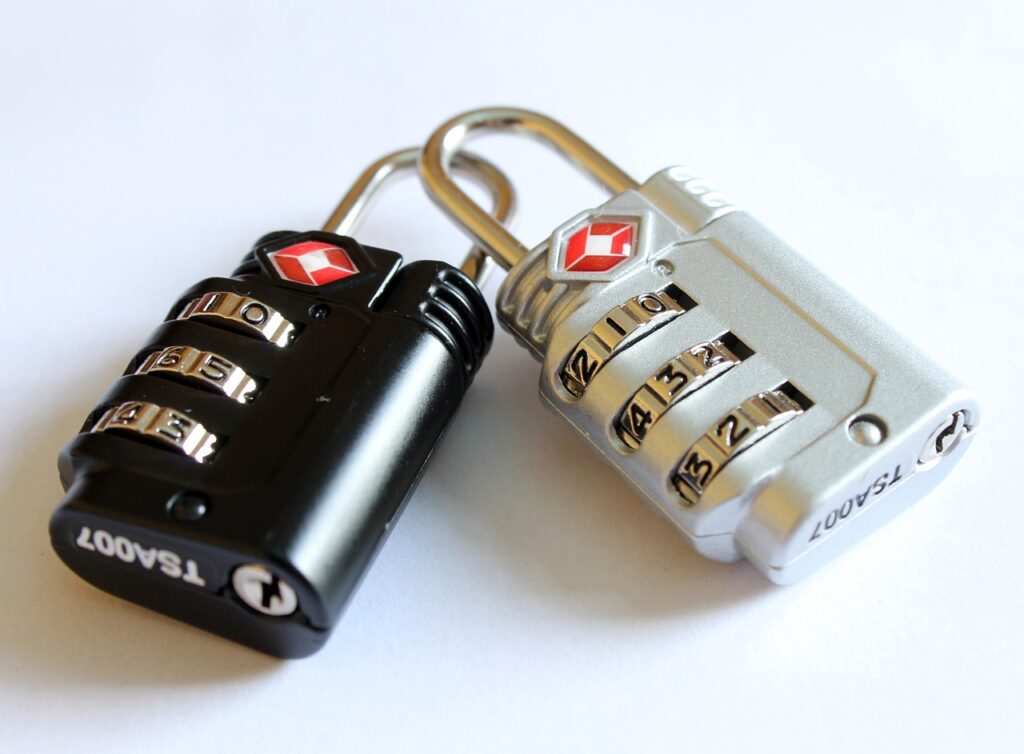
If you’ve shopped for luggage lately, you’ve probably noticed that many suitcases come equipped with a built-in lock. The added security provides peace of mind for many travelers. However, as Travel & Leisure points out, any luggage lock you use on checked baggage – whether built into your suitcase or one you purchase separately – needs to be TSA-approved. Here’s why…
As part of the security screening process, all checked bags go through a detection system that uses a 3D scanner to identify any possible explosives. If a bag is flagged, a TSA officer reviews the X-ray image to determine if it needs a physical inspection. This obviously requires TSA officers to open the suitcase.
So if you have a TSA-approved lock on your luggage, TSA can use one of their master keys (which are kept under strict supervision) to open the lock and search your bag, without damaging anything.
However, if you’re lock is not TSA approved, it will be cut off or opened by any means necessary to provide officers access to the suitcase. Once inspected, TSA will try to use zip ties to secure the bag before sending it along.
The chances of this happening are slim. TSA says only about 5 percent of bags require physical inspection. But if yours is one of them, you might want to make sure your lock has TSA approval so it can be inspected quickly and without damage.
And, in case you are wondering how to tell if your luggage lock is TSA-approved, the article suggests you look for the Travel Sentry marking, which looks like a little red diamond.
Do you use a luggage lock when you fly? Message The Seniors Trust on Facebook or X (formerly known as Twitter) and let us know if you prefer one that is built-in to your suitcase or one you attach yourself.
